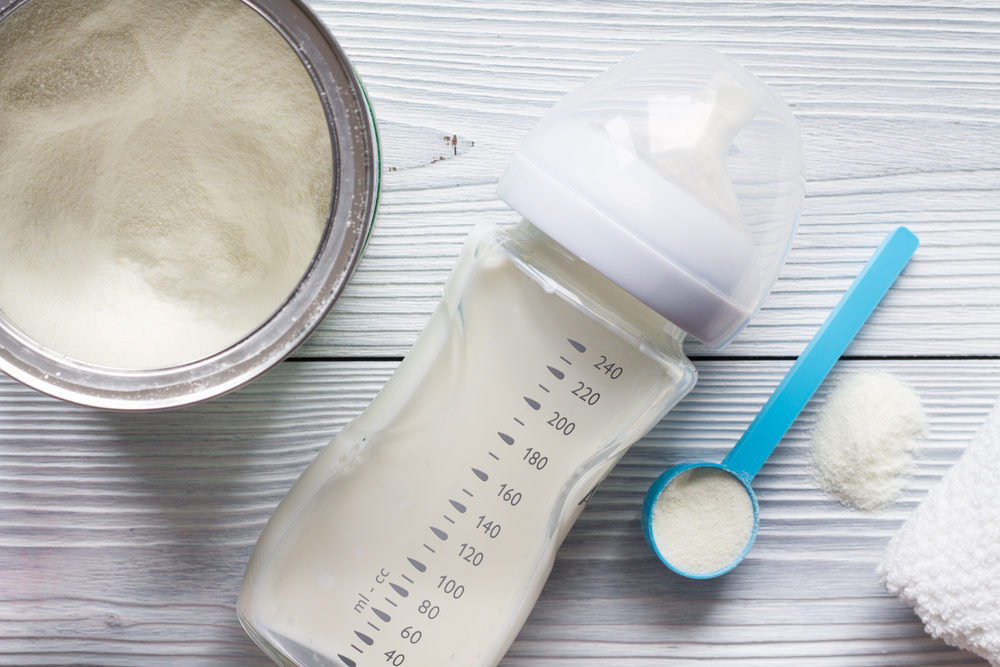
Several studies have indicated that premature and low-birth-weight infants that are fed cow’s milk formula are at an increased risk for necrotizing enterocolitis (NEC), a dangerous intestinal disease.
Scientists have been unsure, however, why cow’s milk may increase the risk of NEC, or why human breast milk seems to be protective. In a recent study published in Biochimica et Biophysica Acta (BBA)—Molecular Basis of Disease, researchers from the Netherlands believe they may have found at least one reason why breast milk is protective against NEC.
Meanwhile, many parents with premature infants who were fed Enfamil and Similac products in the hospital have filed lawsuits against the formula makers. They claim that these companies have promoted their formulas for premature infants while being well aware of the risks they present.
Researchers Zero In on Why Breast Milk Helps Prevent NEC
For the study, researchers hypothesized that the initial trigger for NEC development is likely a “damaged intestinal epithelial layer.”
Human beings have a single cell layer that lines the surface of both the small and large intestine of the gastrointestinal tract. This layer is called the epithelial layer, as it’s made up of epithelial cells. It has two purposes:
- Absorbing useful nutrients into the body
- Restricting the entry of harmful substances
The researchers theorized that in premature infants, this epithelial layer is not yet finished developing. It is immature. That means it can’t yet do its job of protecting the intestines from harmful substances. Bacteria and some nutrients can damage the fragile epithelial cells and cause an immune response: i.e., inflammation. This inflammation can subsequently lead to NEC.
The solution, then, maybe to encourage the faster maturation of this epithelial layer. The scientists propose that breast milk—through components like oligosaccharides, short-chain fatty acids, and others—decreases the risk for NEC by doing just that: accelerating the maturation of the epithelial layer.
More specifically, these components in breast milk help regulate signaling pathways that are typically dysregulated in NEC.
Current Infant Formula is Not Comparable to Human Breast Milk
NEC is a dangerous and potentially lethal disease in the gut that occurs mostly in preterm infants. It causes symptoms like vomiting, food intolerance, diarrhea, and blood in the stools. If left untreated, the disease can severely damage the intestinal wall to the point that it has to be surgically removed.
Scientists are still learning about this disease, but believe it is caused by an underdeveloped premature intestine being exposed to nutrition and bacteria. Compared to full-term infants, pre-term infants lack an effective intestinal barrier and immune system, which can leave them at risk for NEC.
Breast milk is known to reduce the development of NEC in preterm infants by 6-10 fold in contrast to formula-fed infants. It is thought that this is because breast milk is designed to meet the preterm infant’s needs, containing different levels of fat, carbohydrates, and other nutrients.
Unfortunately, some preterm infants can’t receive breastmilk for various reasons. Doctors will often supplement with infant formula, but it lacks some of the components in breast milk that can help protect the intestinal layer.
The researchers suggest creating a formula that would better mimic human breastmilk: “It would therefore be beneficial to be able to mimic these essential components from breast milk and add it to formula,” they write.
To date, however, infant formula manufacturers have failed to do this. Yet they advertise their formulas as being safe for preterm infants.

Exclusively focused on representing plaintiffs—especially in mass tort litigation—Roopal Luhana prides herself on providing unsurpassed professional legal services in pursuit of the specific goals of her clients and their families. While she handles complex cases nationwide on behalf of consumers, Ms. Luhana resides with her family in Brooklyn, New York.










Comments for this article are closed.